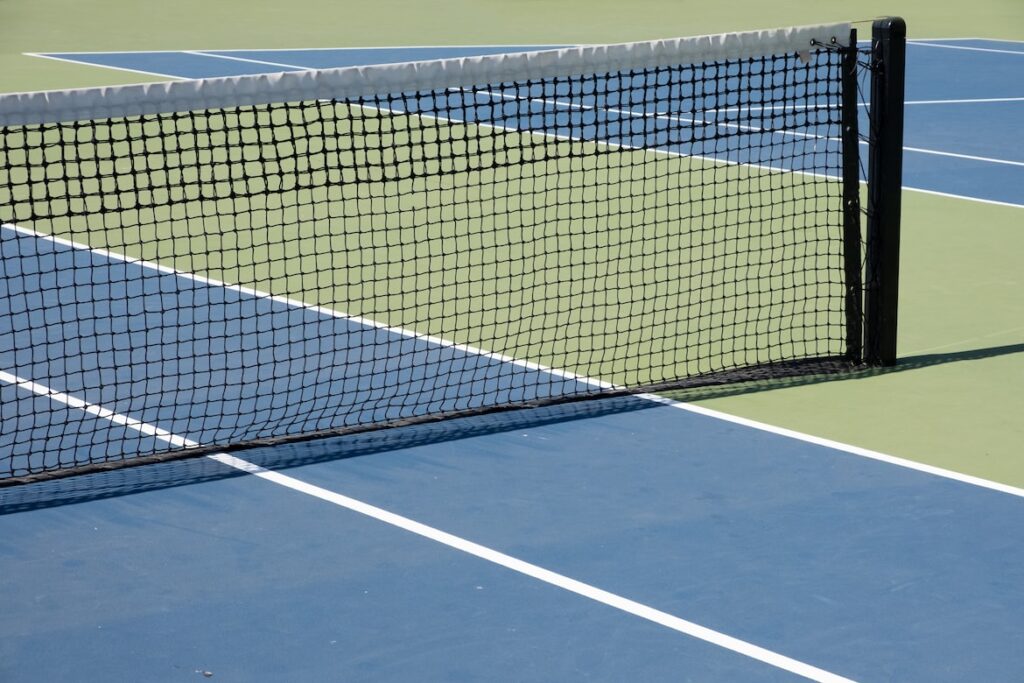Understanding Padel Court Markings: A Comprehensive Guide
3 min read
Understanding Padel Court Markings: A Comprehensive Guide
If you’re new to the world of padel, one of the first things you’ll notice when walking onto a court is the unique design of its markings. These lines, colors, and symbols aren’t just decorative – they serve an important purpose in defining the game and keeping players safe. In this guide, we’ll take a closer look at the padel court layout and explain what each marking represents.
The Basics: Court Dimensions and Net Height
Before we dive into the markings themselves, let’s go over some key measurements for a standard padel court. According to the International Padel Federation (FIP), a court must be 20 meters long by 10 meters wide, with a net dividing the court in half that stands 88 cm tall at the center and 92 cm at the posts. The court is surrounded by walls made of glass or a similar material, which allow for rebound shots off the walls during gameplay.
The Service Box
The first area of the padel court we’ll discuss is the service box, which is the smaller rectangle on each side of the net. It measures 4 meters deep and 5 meters wide and is marked by a line extending from the net to the side wall, forming a right angle. Players must stand behind this line when serving and cannot touch it until after making contact with the ball. If the serve lands outside the service box, it is considered a fault.
The Doubles Alley
In padel, the doubles alley is the area between the service box and the side wall on each side of the net. It’s an important feature of the game, as it allows players to hit shots that bounce off the walls and land in play. The doubles alley appears as a long rectangle extending from the service box to the back wall, with stripes on either side to indicate the boundaries. These stripes are parallel to the back wall and run perpendicular to the side wall. Shots that land in the doubles alley are considered in play, while those that land outside of it are out.
The Center Markings
To help players visualize the center of the court, a small circle is drawn at the intersection of the service box lines and the center line. This circle has a diameter of 10 cm and is known as the “T” or “punto de oro,” as it’s the point where the serve is traditionally initiated. In addition to the circle, there is a line running down the center of the court that divides the two halves of the court. This line is used to determine which side of the court each player must start on before the serve.
The Back Wall
The last major component of the padel court layout is the back wall, which is the area behind the service box and doubles alley. It is marked by a line extending across the entire width of the court, which players must stay behind when returning shots. The back wall can also have markings to indicate the height at which a shot must be hit in order to count as a valid point.
Conclusion
By now, you should have a good understanding of the different markings that make up a padel court layout. While these marks may seem overwhelming at first, they ultimately serve to enhance players’ game experience and keep matches fair. The next time you step onto a padel court, take a moment to appreciate all the detail that goes into its design – it will give you a newfound appreciation for this exciting sport.







